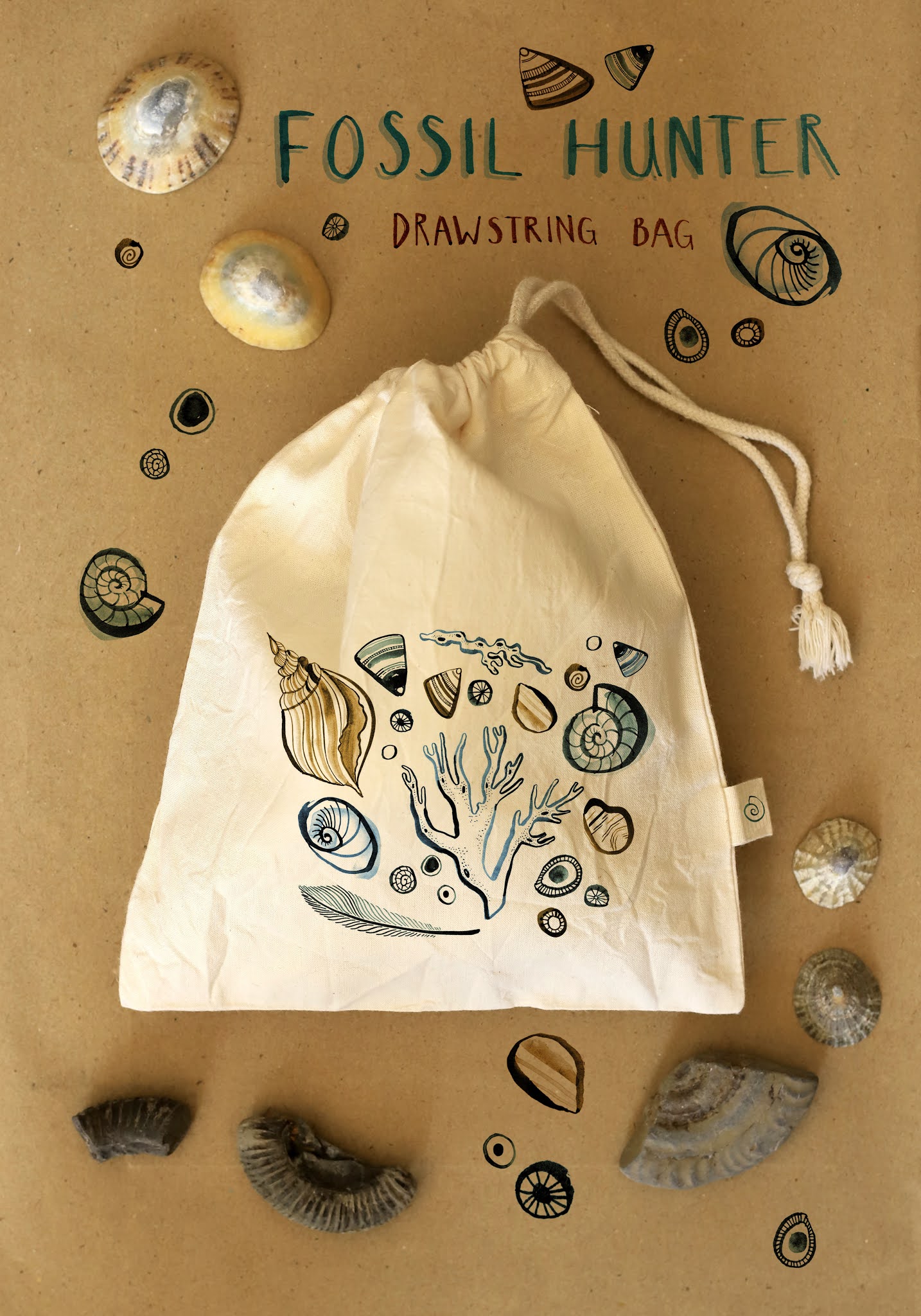Final Major Project: The Curiosity
The Jurassic Coast Map
Despite many of her findings being shown in the British Museum and mentioned in scientific papers, the scientific community was hesitant to give her recognition for her work. The Geological Society of London refused to admit her (and did not admit any woman until 1904!) In the face of resistance she encountered simply for being a woman, Mary Anning continued to establish her name in a field of science that was not considered proper for a lady. I think that she's a pretty deserving candidate to dedicate my F.M.P to!
Portrait of Mary Anning by an unknown artist
'The Curiosity' Publication
One of my outcomes for this project was a publication, which I wrote and illustrated. It is about Mary's discovery of the first complete Ichthyosaur skeleton (shown on the front cover below), as this was a deeply significant find in the field of fossil hunting at the time.
I was really nervous to write my own narrative... I wanted to try and write a longer form narrative for a while (as I am always drawn to storytelling within my work) but my self-doubt stopped me from doing it. I thought that I would never be able to write a story worth reading... but I did not want to take the easy route for my final project. I didn't want to leave university with nagging regrets.
Front cover of 'The Curiosity'
Extract from 'The Curiosity'
Extract from 'The Curiosity'
Extract from 'The Curiosity'
Other Outcomes
As well as this publication, I also produced a small booklet that teaches children how fossils are made (in very simple terms). I feel like this project really helped me to figure out how I work best. I would always feel slightly overwhelmed when trying to draw while also adding colour. I have figured out that I like to work in monochrome for the initial drawings and build up textures and marks... and then digitally add the colours. I find adding colour on Photoshop to be so much easier because I can change/edit the colours as I go along. Nothing is permanent, and I think if people actually witnessed how long I can faff around on Photoshop trying to get the colours rights, they would cringe. I know that adding colour does not come naturally to me, so trying to find ways to make it less of an intimidating chore has been really beneficial!
Front cover of 'How Do Fossils Form?'
Extract - page 1-2
Extract - page 3-4
Extract - page 5-6
This booklet is accompanied by a drawstring bag, which I hoped would encourage children and families to visit beaches and hunt for fossils! I did not want to exclude all of the other marvellous things you can find on the beach, and so I drew a variety of beach treasures including limpet shells, seaweed and various interesting rocks.
Drawstring bag mock-up
Original design for the drawstring bag
This is me fossil hunting at Saltwick Bay in Whitby. Afterwards I treated myself to chips with curry sauce, and it was the best day ever...
















Comments
Post a Comment